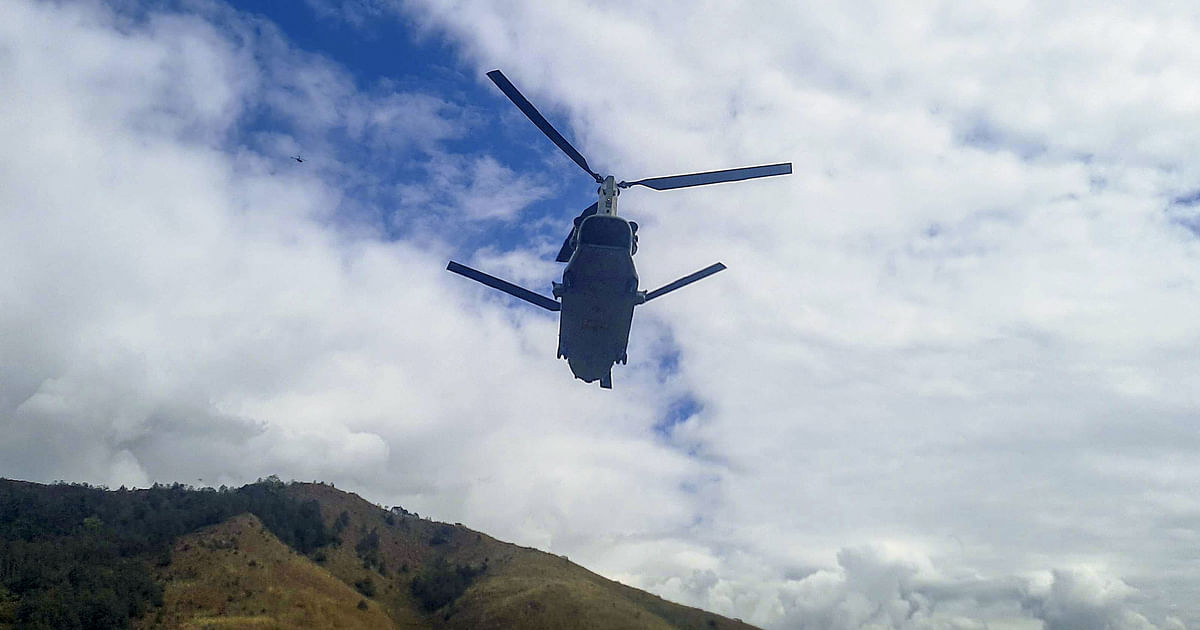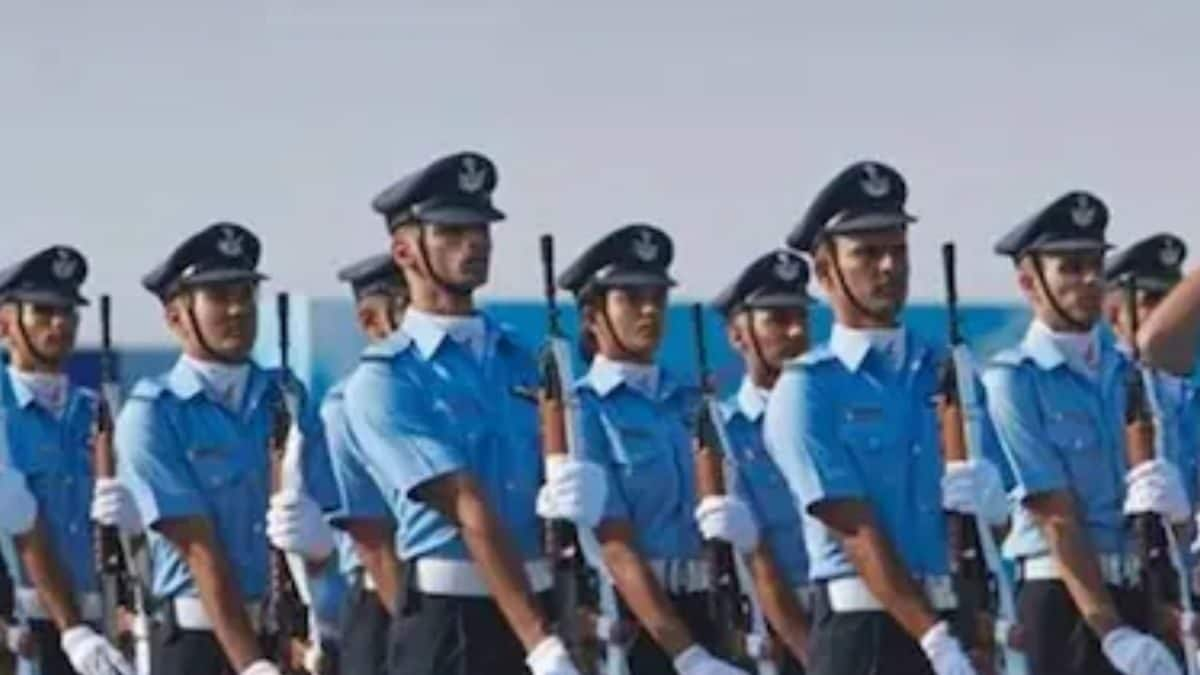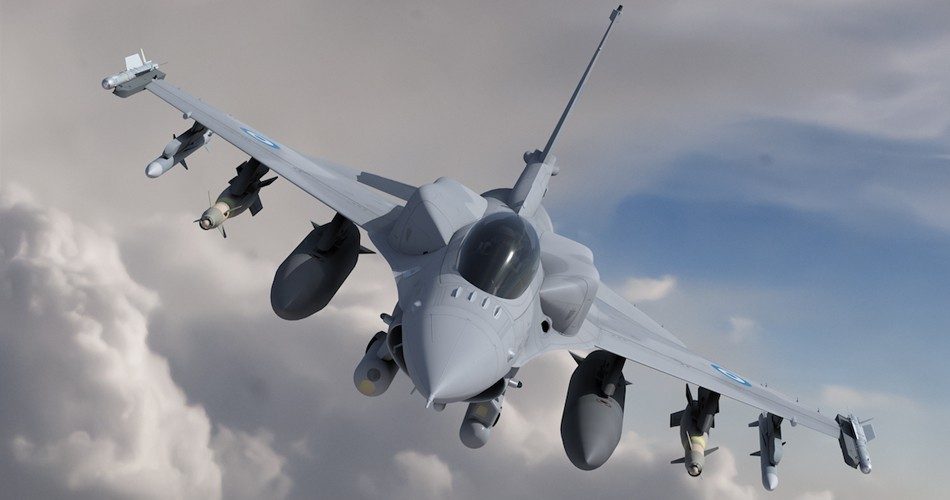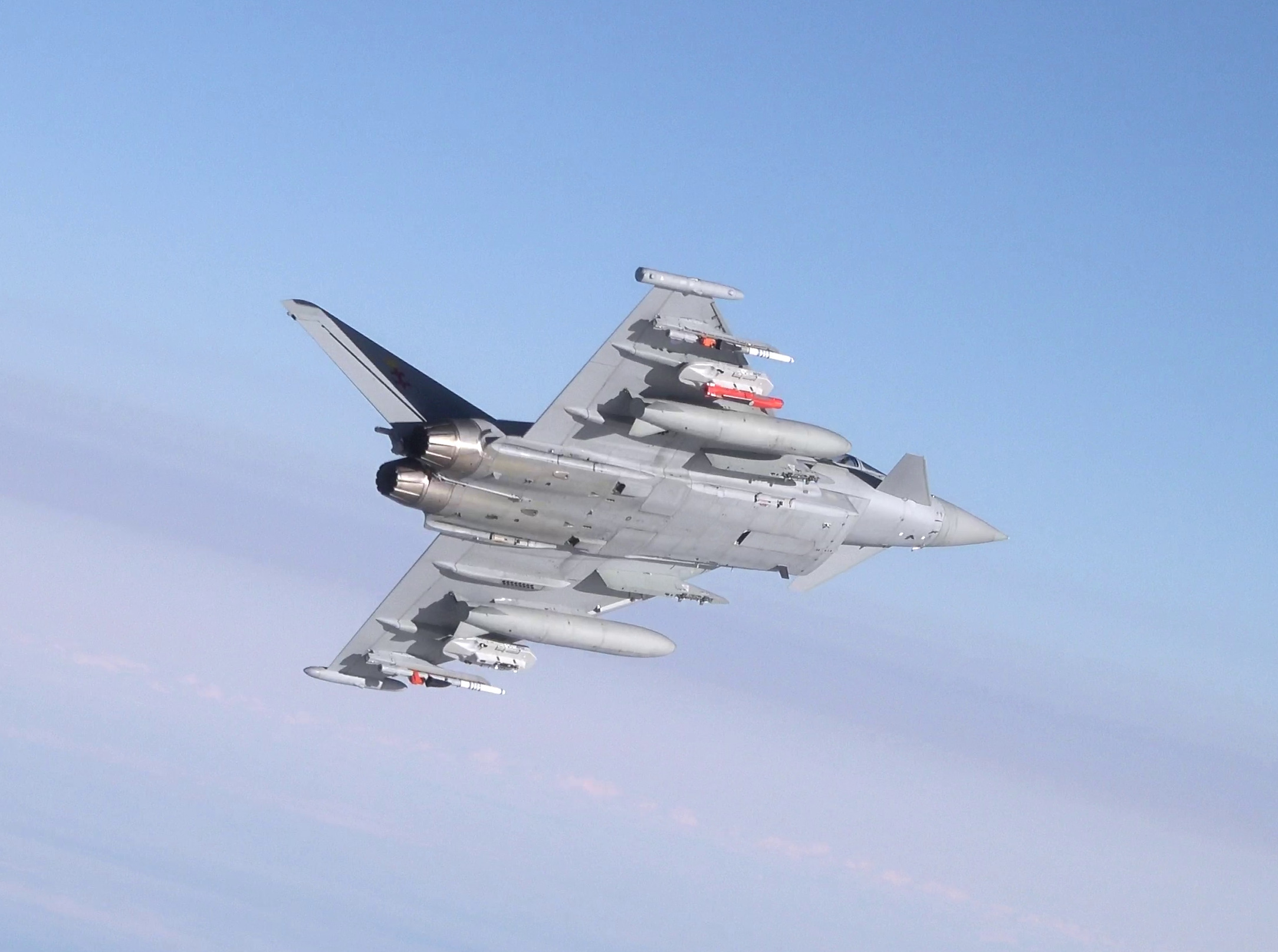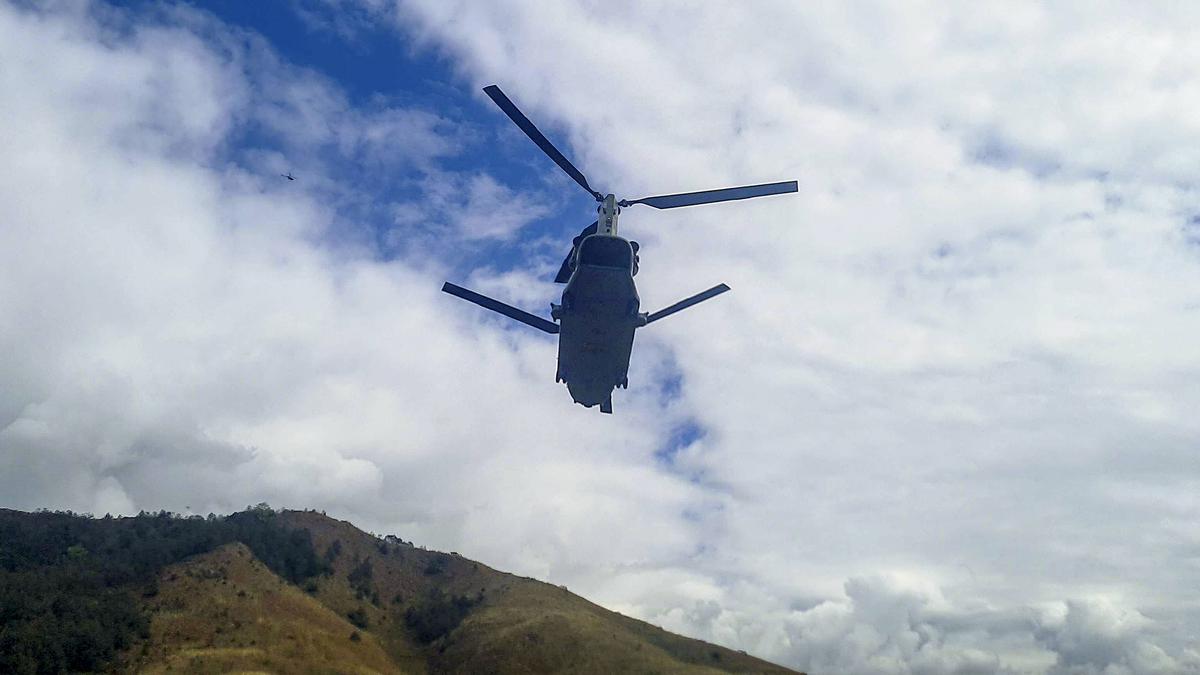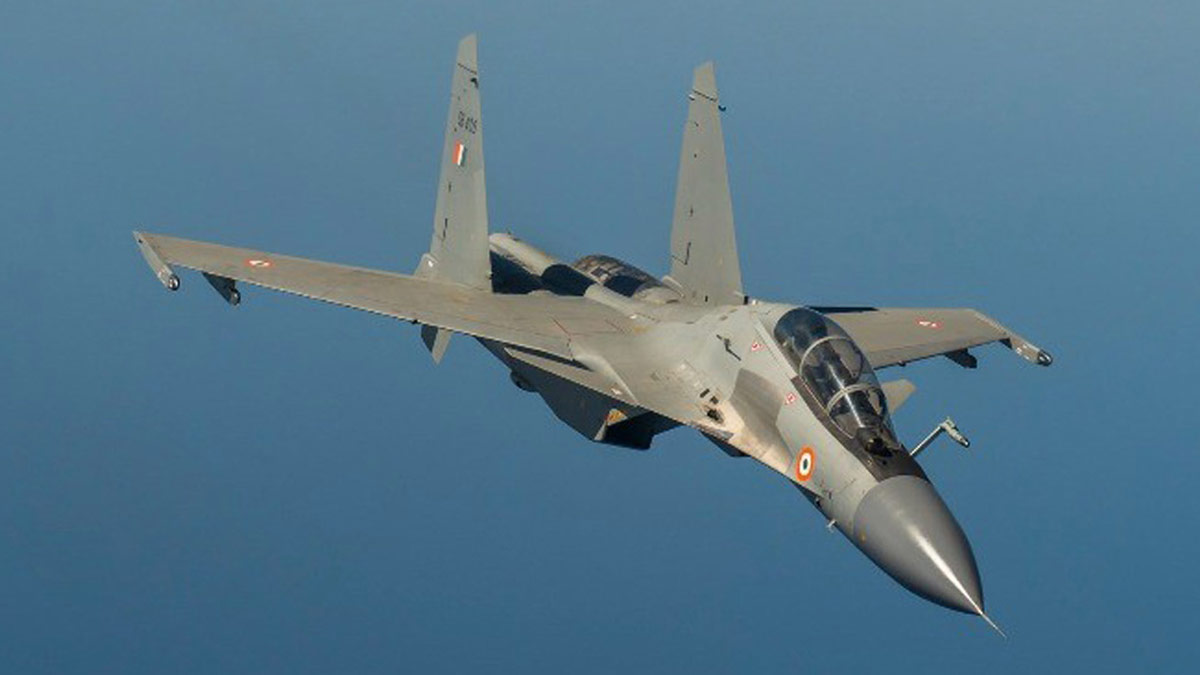Indian Armed Forces Conduct Joint Exercise ‘Poorvi Prahar’ in Arunachal Pradesh
In a significant display of military collaboration, the Indian Armed Forces have successfully conducted a joint exercise named "Poorvi Prahar"…
IAF Agniveer 2024: Subject-wise Provisional Select List Released at agnipathvayu.cdac.in, Download Now
The Indian Air Force (IAF) has made significant strides in its recruitment process for the Agniveervayu program, recently unveiling the…
US Approves $160 Million Military Sale of F-16 Engine Support Services to Greece
The US State Department has given the green light for a substantial foreign military sale valued at $160 million, aimed…
UK Flight Tests SPEAR-3 Guided Cruise Missile for First Time
The UK has successfully conducted the inaugural flight test of the SPEAR-3 air-to-ground guided cruise missile, marking a significant milestone…
India Conducts Large-Scale Joint Military Exercise ‘Poorvi Prahar’ in Arunachal Pradesh
In a significant display of military prowess, the Indian Army, Navy, and Air Force have successfully conducted a large-scale joint…
HAL Revives Nashik Plant to Boost Sukhoi Su-30MKI Fighter Jet Production
In a significant development for India's defense sector, Hindustan Aeronautics Limited (HAL) is set to revive its Nashik plant to…

